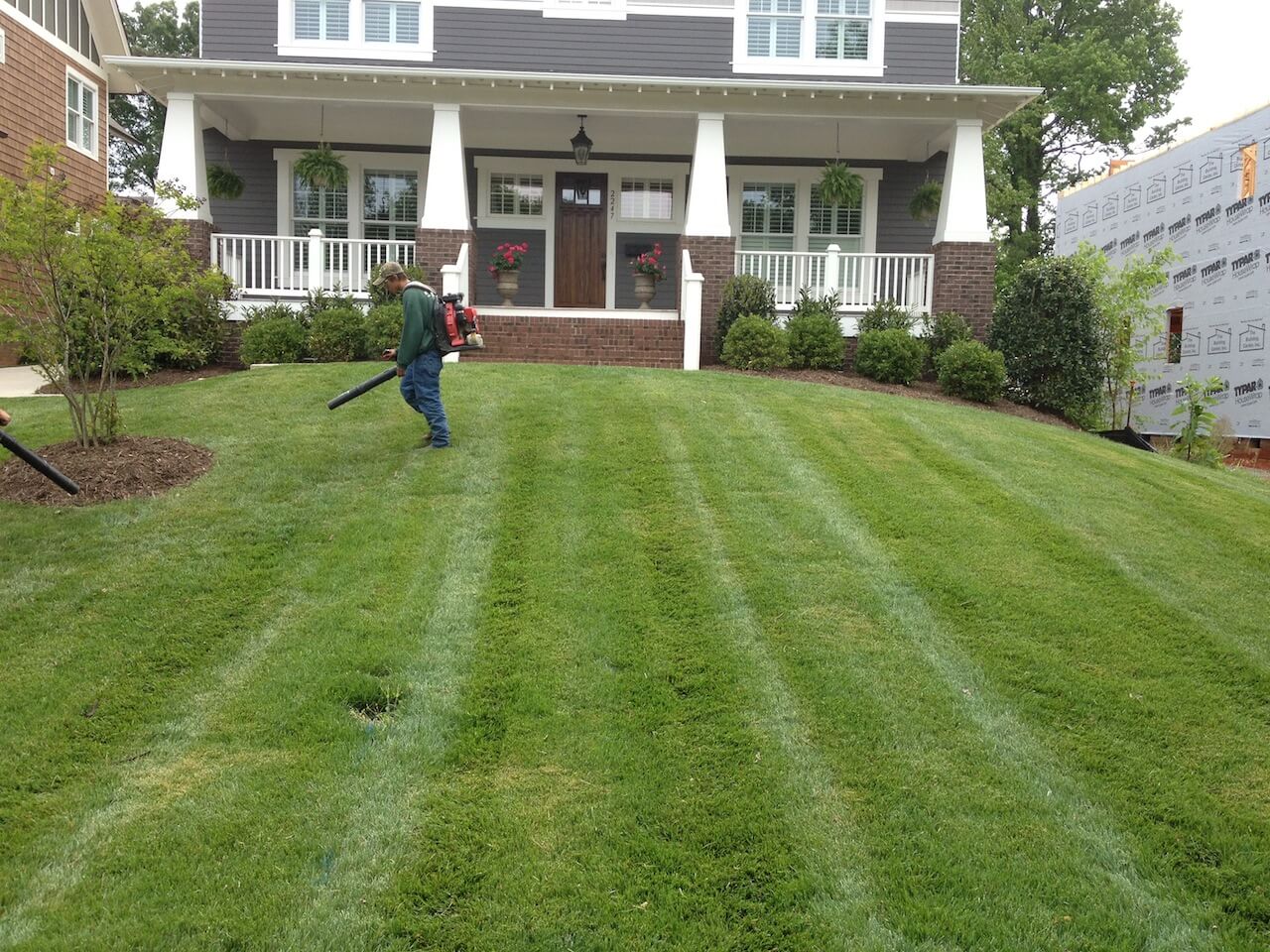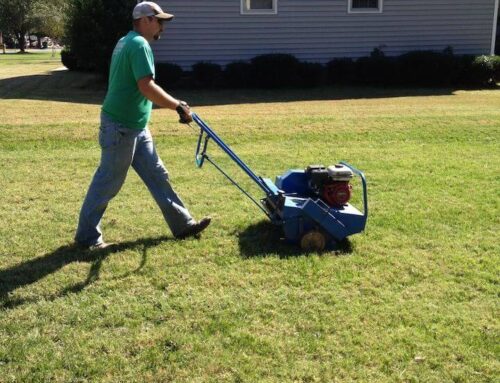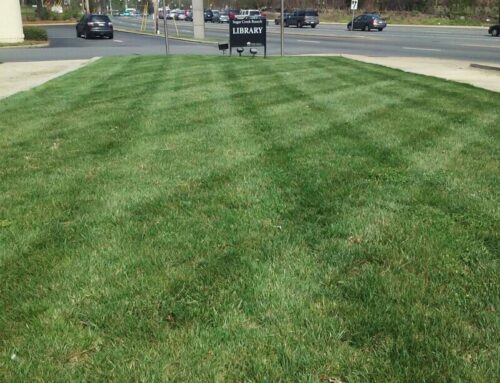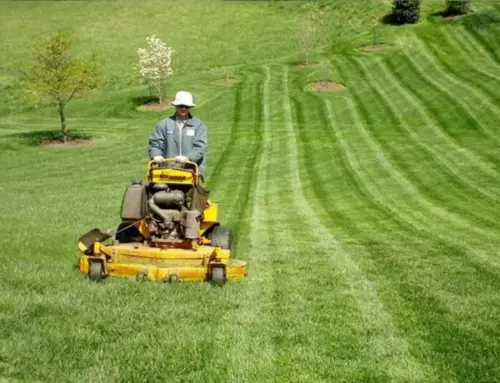Maintaining a lush, well-manicured lawn is often seen as the gold standard of curb appeal. Yet, beneath the pristine surface lies an unexpected challenge: the delicate balance between routine lawn care and the growth of native plants. While regular mowing, fertilizing, and weed control keep your yard tidy, these same practices can disrupt the natural ecosystem, limiting the space and resources native plants need to thrive.
Native plants are essential to supporting local pollinators, preserving soil health, and maintaining biodiversity. However, traditional lawn care methods often prioritize uniformity over ecological harmony, unintentionally sidelining these vital species. This paradox invites us to rethink how we approach our lawns—not as mere green carpets but as living, interconnected systems.
By exploring the impacts of routine lawn care on native plant growth, we can uncover strategies to create landscapes that are both beautiful and environmentally conscious. Let’s dive into the details!
How does regular lawn maintenance affect native plant diversity?
Regular lawn maintenance can significantly affect native plant diversity, depending on the practices used. Here’s how lawn care influences the growth of native plants:
- Competition with Non-Native Grass: Traditional lawns are often dominated by non-native grasses that compete with native plants for resources like water, nutrients, and sunlight. Routine mowing and fertilizing can encourage the growth of these non-native grasses, which may crowd out native species and reduce biodiversity.
- Mowing Frequency: Frequent mowing may prevent native wildflowers and grasses from reaching full growth potential. Many native plants require longer growing periods and more space to thrive, and constant mowing can hinder their ability to produce seeds and establish deep root systems.
- Chemical Fertilizers and Pesticides: Using chemical fertilizers and pesticides in traditional lawn care practices can harm native plants and the surrounding ecosystem. These chemicals can negatively impact soil health, reduce beneficial insect populations, and limit the growth of plants adapted to the local environment.
- Promoting Monocultures: Standard lawn care practices often lead to monocultures—lawns with one type of grass or plant species—reducing plant diversity. This lack of variety can make ecosystems less resilient to pests, diseases, and climate change.
- Opportunity for Native Plant Growth: By adopting sustainable lawn care practices, such as reducing mowing frequency, minimizing chemical use, and allowing native plants to flourish, homeowners can foster greater native plant diversity, support wildlife, and create a more sustainable landscape.
When not managed properly, routine lawn maintenance can hinder native plant diversity, but through mindful practices, it can also promote and protect local flora.
Why do routine lawn care practices impact native plant growth?
Routine lawn care practices can impact native plant growth by creating an environment that favors non-native species, limits the resources available to native plants, and disrupts natural ecological processes. Here’s why:
- Monoculture Lawns: Many lawn care practices encourage the growth of uniform, non-native grass species, which can crowd out native plants. Monocultures reduce plant diversity, making it difficult for native species to establish and thrive.
- Frequent Mowing: Routine mowing limits the growth potential of many native plants, especially wildflowers and grasses that need longer growing. Mowing too often prevents these plants from reaching their full height and reduces their ability to produce seeds, hindering natural reproduction.
- Fertilizer and Pesticide Use: Chemical fertilizers and pesticides commonly used in lawn care can negatively impact native plants and soil health. Fertilizers can promote the growth of non-native grasses, while pesticides may kill beneficial insects that native plants depend on for pollination and pest control.
- Watering Practices: Standard watering practices often focus on maintaining the grass and not the needs of native plants, which are better adapted to the local climate. Excessive watering can drown native plants, while inconsistent watering can dry them.
- Soil Compaction: Regular foot traffic, lawnmowers, and other equipment can compact the soil, making it harder for native plants to establish roots and access nutrients.
Routine lawn care practices often prioritize the growth of non-native grasses, limit resources for native plants, and disrupt natural growth cycles, ultimately hindering native plant diversity.
What are the environmental consequences of frequent lawn mowing on native plants?
Frequent lawn mowing can have several negative environmental consequences for native plants, disrupting ecosystems and limiting biodiversity. Here’s how:
- Disruption of Plant Growth: Regular mowing prevents native plants from reaching their full growth potential. Many native species, such as wildflowers and grasses, require more time to establish deep root systems and produce seeds. Frequent mowing interrupts these natural cycles, limiting reproduction and hindering the growth of native plants.
- Reduction in Pollinator Habitat: Native plants often provide important habitats and food sources for pollinators like bees, butterflies, and birds. By mowing too often, these plants are deprived of the opportunity to flower and produce seeds, reducing the available resources for pollinators and affecting biodiversity.
- Loss of Seed Production: Many native plants rely on seed production to regenerate. Mowing regularly before seeds are dispersed prevents native plants from spreading and reproducing, weakening their presence in the local ecosystem.
- Soil Compaction: Frequent mowing, especially in wet conditions, can lead to soil compaction. This makes it harder for native plants to establish their roots and reduces soil aeration, affecting plant health and growth.
- Encouragement of Non-Native Grasses: Mowing frequently favors the growth of non-native, invasive grass species that can outcompete native plants, further reducing biodiversity.
Frequent lawn mowing disrupts the natural growth cycles of native plants, reduces pollinator habitats, and encourages the spread of non-native species, all of which have significant environmental consequences.
Can lawn care practices be modified to support native plant ecosystems?
Yes, lawn care practices can be modified to support native plant ecosystems, promoting biodiversity and sustainability. Here are several ways to adapt lawn care for the benefit of native plants:
- Reduce Mowing Frequency: Mow less frequently to allow native plants like wildflowers and grasses to grow and flower. This helps them establish roots, produce seeds, and naturally regenerate, increasing biodiversity in the yard.
- Opt for Native Grass Varieties: Replace non-native grasses with drought-tolerant, low-maintenance native grass species better suited to the local climate. Native grasses support local wildlife and reduce the need for excessive water or fertilizers.
- Limit Chemical Use: Avoid or reduce chemical fertilizers, pesticides, and herbicides, which can harm native plants and pollinators. Instead, consider organic alternatives like composting or natural pest management methods that protect beneficial insects and soil health.
- Create Pollinator Habitats: Plant native flowers, shrubs, and trees that provide food and shelter for pollinators like bees and butterflies. These plants help sustain local ecosystems and encourage biodiversity.
- Practice Smart Watering: Water the lawn and garden to meet the needs of native plants, which typically require less water than non-native species. Consider installing a rain barrel or using drip irrigation to reduce water waste.
- Leave Areas Untouched: Allow certain lawn areas to grow naturally, fostering the growth of native plants and creating habitats for wildlife.
By modifying lawn care practices, homeowners can create a healthy, thriving native plant ecosystem that contributes to local biodiversity and supports the environment.
Embrace Sustainable Practices with Performance Lawn & Landscape!
Elevate your outdoor space while supporting native plants with Performance Lawn & Landscape! Our sustainable lawn care services prioritize the health of your yard and the local environment.
By implementing eco-conscious practices like reduced mowing, minimized chemical use, and the integration of native plants, we transform your lawn into a vibrant, thriving ecosystem. These thoughtful methods enhance pollinator habitats, conserve water, and encourage biodiversity—all while keeping your lawn lush and beautiful.
Ready to create a lawn that looks stunning and makes a positive environmental impact? Trust Performance Lawn & Landscape to deliver expert care that benefits your property and the planet. Contact us today to get started!









